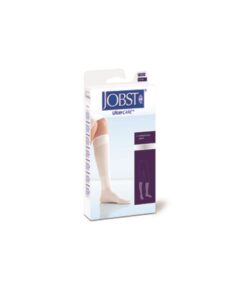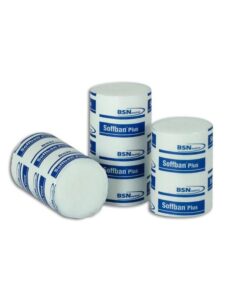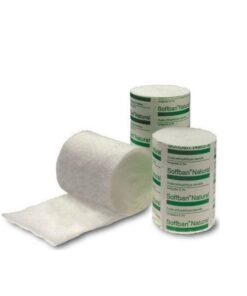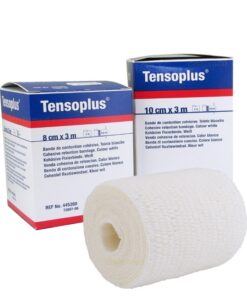Description
The Cutimed Sorbion Sachet Extra Dressing is a Hydration Response Technology dressing which due to its design can actively absorb and bind large quantities of fluid even under compression. Demonstrating significantly superior absorbency performance compared to other dressings tested, this dressing helps to offer a highly cost efficient solution for moderate to highly exuding wound. It is hypoallergenic containing no sensitising ingredients, glues or adhesives. This dressing can be used as a primary dressing that is suitable for all moderate to highly exuding wounds. It offers soft debridement, easily removing slough from wounds and detrimental agents which can be damaging to the wound bed are also locked away. This dressing has an ultrasonically sealed polypropylene fleece, is hypoallergenic and may remain in place for up to 4 days. There are 5 Cutimed Sorbion Sachet Extra Dressings per packet.
Size: 20cm x 20cm.
Uses
The Cutimed Sorbion Sachet Extra Dressing can be used as a primary dressing suitable for all moderate to highly exuding wounds and for managing extremely high levels of exudate. It can actively absorb and bind large quantities of fluid even under compression.
Application
- Always consult a qualified medical professional prior to beginning any wound treatment
- Always read the Instructions For Use (IFU) and understand when and when not to apply the dressings
- Whenever applicable, use Cutimed Sorbion Sachet dressings as a primary dressing (not secondary)
- Wash hands and wear sterile gloves prior to handling the wound site
- Remove the current dressing if present
- Clean the wound as directed by a medical professional with a sterile saline solution or other standard wound cleansing products and/or procedures.
- Remove soiled gloves, wash hands and put on a pair of clean gloves
- Select a suitable size BSN Sorbion Sachet Extra dressing – Note: Always provide a dressing overlap with the wound of 1.5 cm to protect the peri-wound skin from protease enzymes & do not use greasy skin barrier creams under the dressing as dressing absorbency will be compromised
- Ensure the dressing makes direct contact with the wound bed and that ‘dead space’ is eliminated
- Cover the dressing by applying a secondary dressing appropriate for the wound condition – do not use restrictive circumferential tape to maintain the dressing in place, as this may cause discomfort or ischaemic damage as the dressing swells
- The dressing should be examined for saturation regularly, particularly during the early phases of treatment
- The dressing should be removed before becoming completely saturated with fluid and before fluid penetrates the back of the dressing
- The dressing should be changed in a timely and regular manner in accordance with proper medical practice – the dressing should not be left on the wound longer than four days
- Document the date and time of each dressing change







